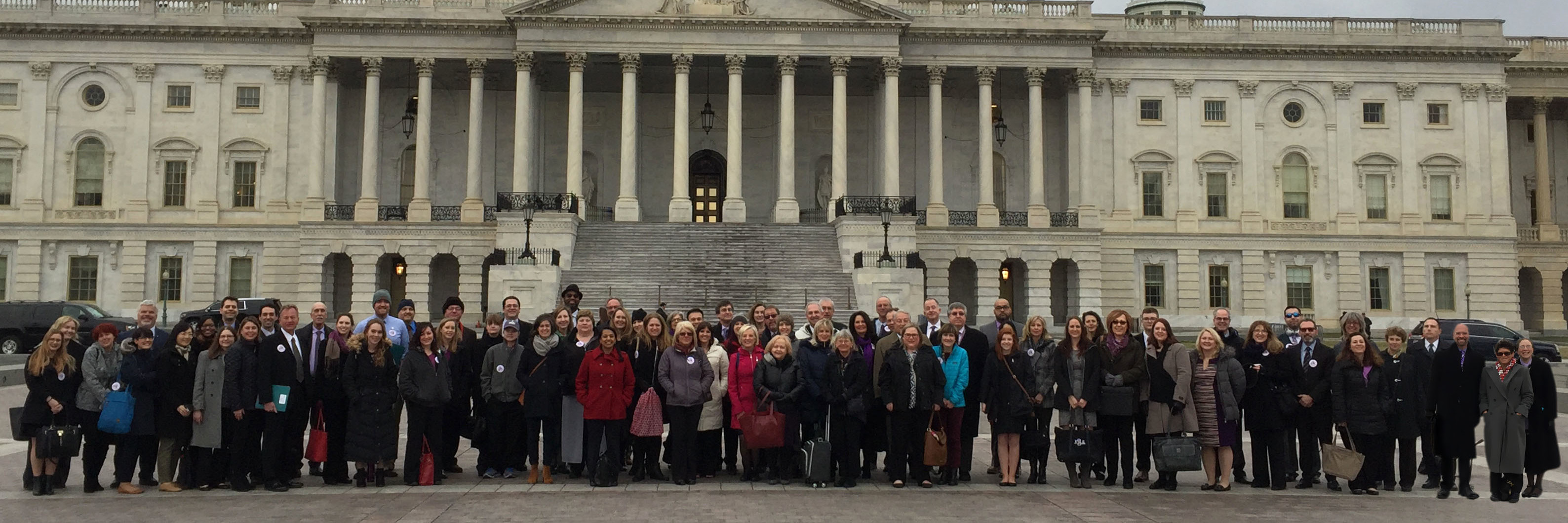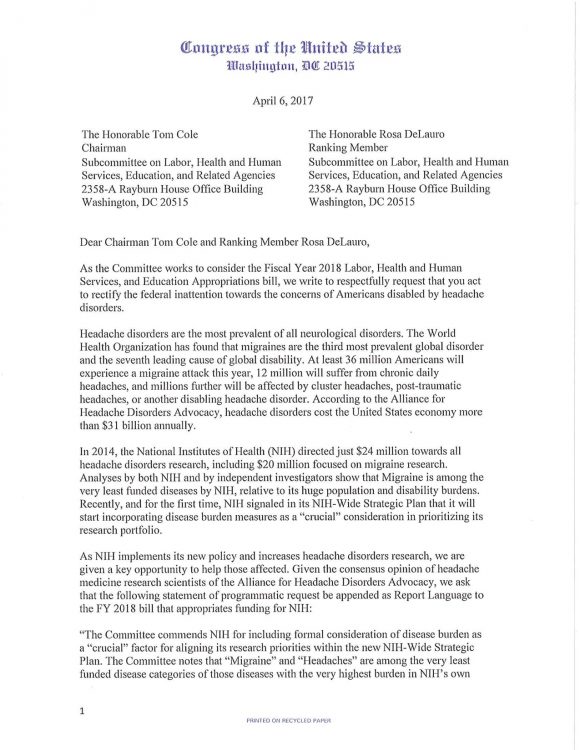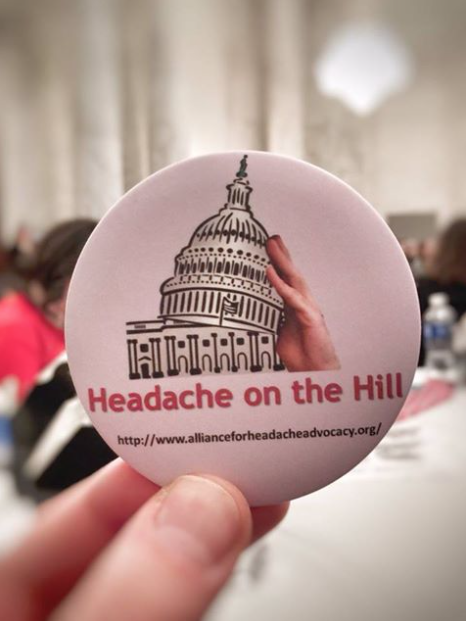“Stay focused,” I told myself. “Don’t let the throbbing in your head distract you. Ignore the stiffness of your neck, the ringing in your ear and the stabbing pain behind your eyes. Now is the time to share your experience living with migraine and chronic pain. This is the opportunity to get help for yourself and millions of others. Don’t blow it!” I sat up a little taller and made sure my legs were together, but not crossed, just as my grandmother taught me, and I told my story.
I’ve had migraine since I was a senior in high school and chronic migraine for the past 17 years. It has created many obstacles, difficulties and pain. An abundance of pain. In 2010, I had to stop teaching elementary school and shift to part-time employment. Since 2015, I’ve been completely unable to work. I collect Social Security Disability and Medicare, but I am not able to afford housing, so I am living in my parents’ house. The money I saved, to buy a house of my own, has gone to my medical expenses. I had thought I would be spending the prime of my life contributing to my community; instead, I am a financial burden. I have tried over 118 treatments and have found very minimal relief. It feels like I’m shooting arrows in the dark. Is it any wonder I haven’t hit the target? I’m running out of options and it is unthinkable that I may have to endure this torture, inevitably. I feel like I’m stuck in chronic pain prison.
Across from me sat Congresswoman Anna Eshoo. She watched me with eyes filled with compassion as she let me rattle on without interruption. I was spending my Valentine’s Day participating in Headache on the Hill 2017. Since 2007, headache clinicians, researchers and patients have gathered in Washington D.C. to speak to Congress about migraine and headache issues. Representative Eshoo had graciously agreed to meet with my group.
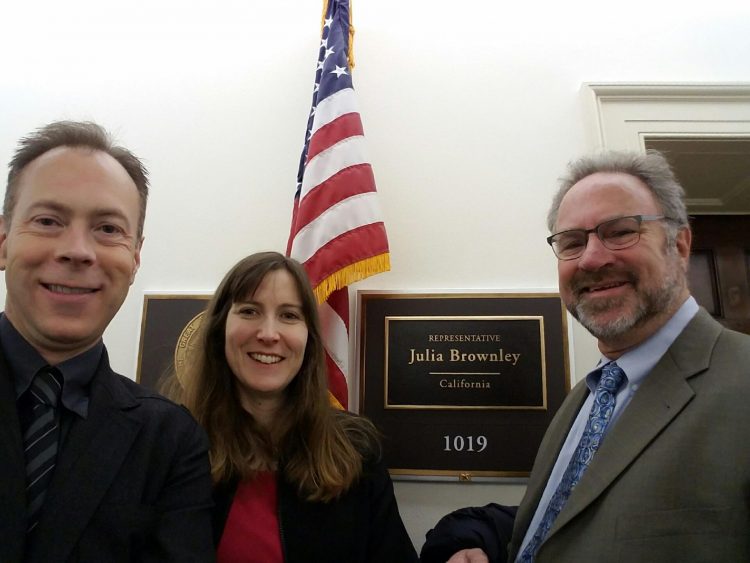
After my monologue, Robert Cowan, M.D. and Wayne Anderson, D.O. told of the complexities of migraine, headache disorders and chronic pain and the significant need for research to find better treatments to address these conditions. They made it clear that chronic pain is not a symptom. It is a very prevalent and complex disease. They explained that migraine is among the very least funded diseases by NIH (National Institutes of Health), relative to the number of people impacted and the level of disability it causes.
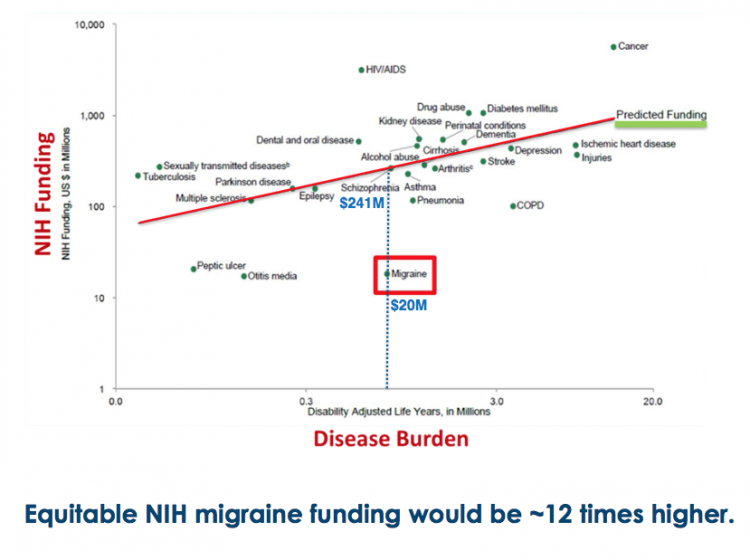
At the same time, pain is the single most costly US health problem, costing $560 to $635 billion per year. They illustrated that investing in research that leads to new treatments will reduce the number of people with chronic pain, thus reducing chronic pain healthcare costs and creating significant financial savings for our country.
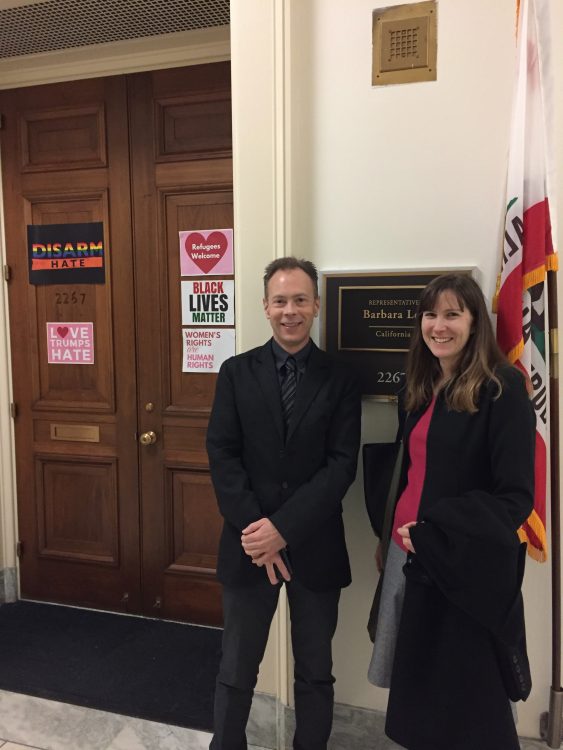
We had been advised that the Members of Congress and Congressional Staff, with whom we met, would not have more than a few minutes for us, so we were surprised when Congresswoman Eshoo asked questions and showed genuine interest in our cause, instead of shooing us out her door. She told us how chronic migraine had touched her family and shared how she worked hard to bring awareness and funding to HIV/AIDS. I thought, “She gets it! She gets me! She sees my illness and truly understands, that even though I look healthy, I’m not!”
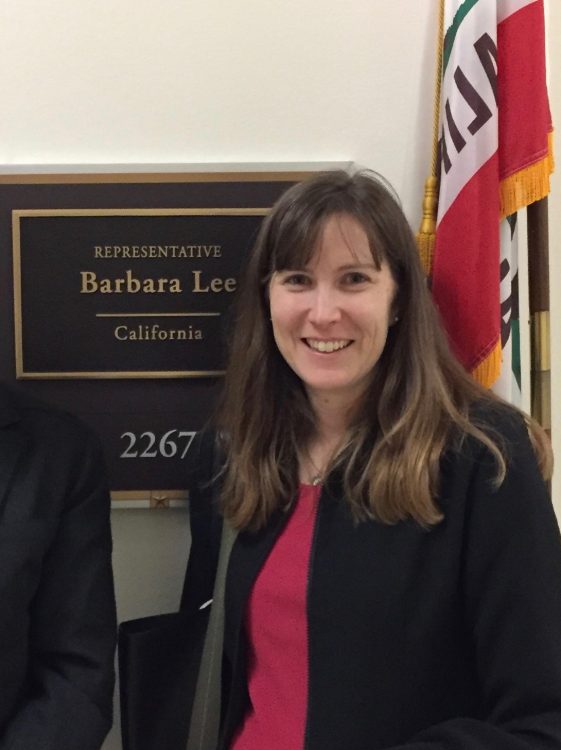
Throughout the day we traveled from office to office telling our story and asking our members of Congress to join a working group, in progress, to draft an appropriations bill to allocate funding for CARA (Comprehensive Addiction and Recovery Act), section 108. CARA is a law that passed in 2016 which, among other things, seeks to utilize research to increase the understanding of pain, the discovery and development of therapies for chronic pain and the development of alternatives to opioids for effective pain treatments. Aides for Senator Diane Feinstein, Congresswomen Barbara Lee and Congresswomen Julia Brownley showed genuine concern and compassion. Wendell Primus, Health Policy Advisor to Leader Nancy Pelosi, also asked questions and strived to understand how he could help Americans, like me, struggling with invisible disabilities due to pain. Everyone showed an understanding and appreciation for the difficulties the journey to Washington D.C. from California had presented for me. After years of struggling, in what seemed like a dark cave hidden from the eyes of those in positions of power, I finally felt seen and heard!
Headache on the Hill (HOH) is only a single day of meetings each year, but it has lasting impact, even though it can take months, or even years, to see results. Since last February’s HOH event, continued follow-up with Congressional offices has had the following positive outcomes:
– In April, Rep. Peter Welch (VT), Rep. David McKinley (WV), Rep. Brendan Boyle (PA), Rep. Kathleen Rice (NY), Rep. Eleanor Holmes Norton (DC) and Rep. Elizabeth Esty (CT) submitted a letter to Chairman Tom Cole (OK) and Ranking Member Rosa DeLauro (CT) of the Subcommittee on Labor, Health and Human Services, Education and Related Agencies (LHHS). The letter called attention to the disproportionate level of funding that migraine and headache disorders currently receive in relation to their disease burden and requested that specific Report Language be included in the Fiscal Year 2018 bill that appropriates funding to the NIH.
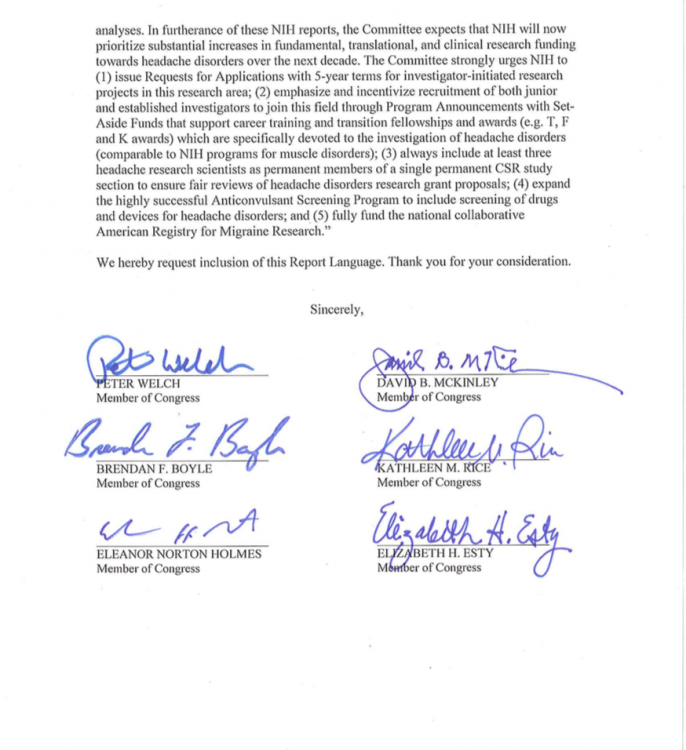
– Senator Leahy’s (D-VT) office submitted the Department of Defense Fiscal Year 2018 appropriation request to renew “Chronic Migraine and Post-Traumatic Headaches” as an eligible topic area for Congressionally Directed Medical Research Programs (CDMRP). The addition of this topic area over the last six years has resulted in over $20 million dollars in research funding for headache disorders.
– Advocates are continuing to work with Senator Schatz (D-HI) and Congressman Welch’s (D-VT) offices on drafting and introducing an appropriations bill to accompany the STOP Pain Act of 2016.
I hope the interest shown by these Members of Congress, Congresswomen Eshoo and the aides with whom I met will enable them to convince more members of Congress of the urgency of our need. It is my desire that those of us with migraine, and other chronic pain conditions, won’t continue to suffer in vain.
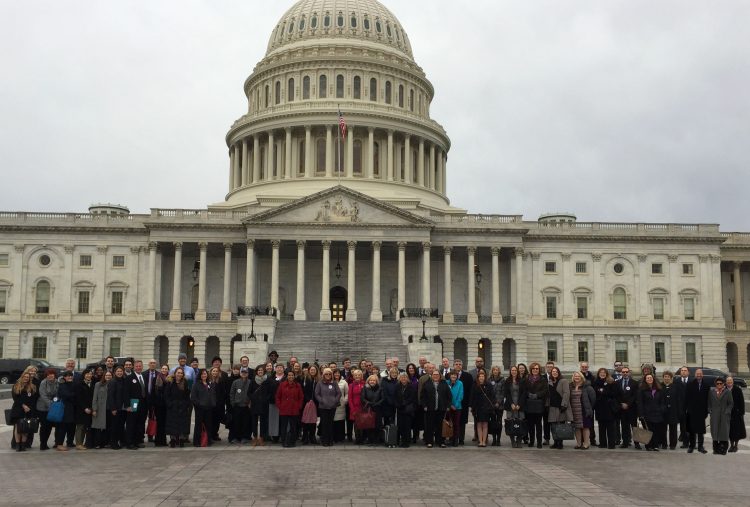
In the meantime, I can’t help but be grateful for the Congressional staff and Representative Eshoo who allowed themselves to see my invisible disability and had the compassion to care.
Consider attending Headache on the Hill next year, and find out for yourself just how empowering a trip to Capitol Hill can be.
The Alliance for Headache Disorders Advocacy sponsors this annual event. Learn more at allianceforheadacheadvocacy.org.
We want to hear your story. Become a Mighty contributor here.

